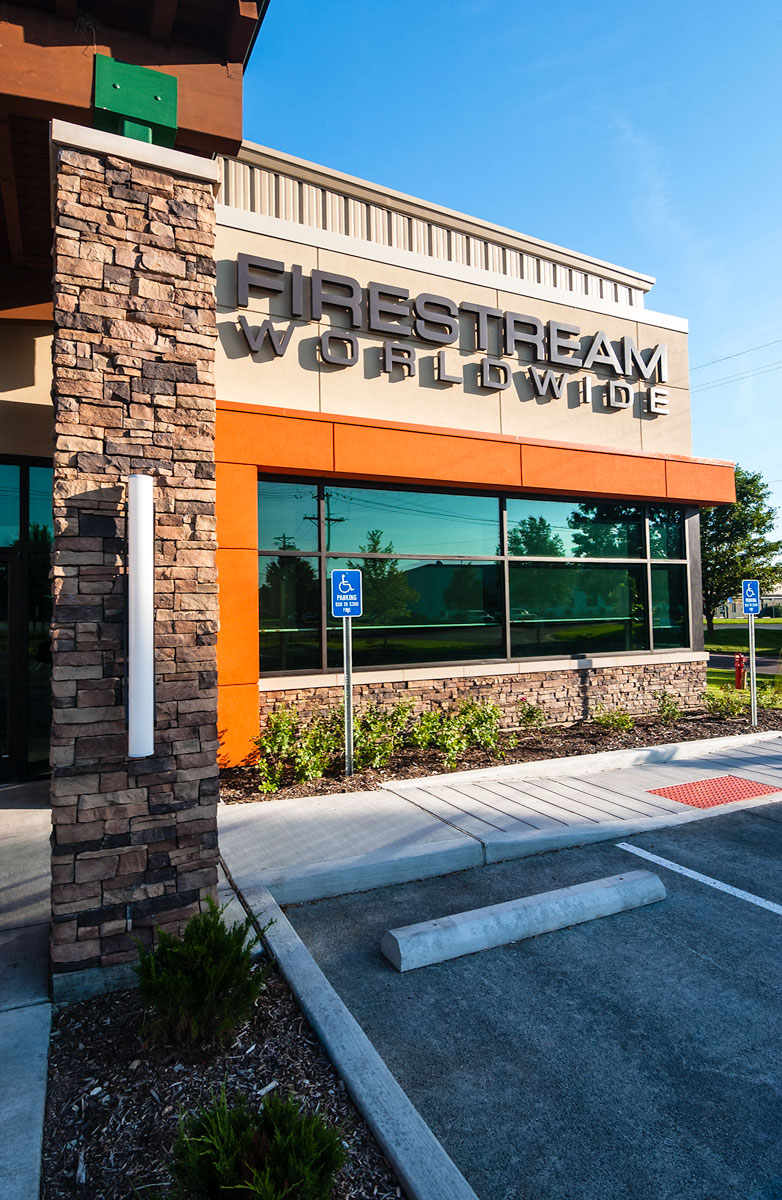
We then connect these rooms by doors, select a room, and edit the speed modifier using the data calculated in the spreadsheet, as shown in Figure 6. We import the PyroSim model into Pathfinder and extract the floor, add the entrance and exit doors, then we divide the floor into rooms that correspond to the device locations we used to measure visibility. Typical calculation of speed factor using measured visibility Figure 5. In PyroSim, on the Analysis menu, click Simulation Parameters.Ĭlick the Output tab and set the Device write interval to a value that will result in a reasonable number of data points in the *.csv file (I used a 1 second interval for a 120 second simulation).Īfter the simulation, open the *.csv file and use the equation shown in Speed Slowing Factor to calculate the speed factor as a function of time based on the visibility.įigure 4 shows part of a spreadsheet that does this calculation.įigure 5 plots the speed factors. Visibility measurement devices output data to a *.csv file. Location of visibility measurement devices Perspective view of fire simulation Figure 3.
FIRESTREAM PATHFINDER FULL
The fire is a 200 MW fire that ramps to full value at 60 seconds. Occupants enter and then choose between two exits.Īt first, they use the nearest exit, but as the smoke slows their local velocity, they will choose to exit from the further exit.įigure 2 shows the geometry of fire simulation and Figure 3 shows the location of the devices that measure visibility. The fire model we will use for this example includes a room with a fire and a door that connects to a hallway. Speed factor as a function of visibility. The speed factor is tabulated and shown in the graph below. Their relation is given by Speed Slowing Factor: Speed Slowing Factor In the paper, they use this as absolute walking speed, but we will treat this as a factor that slows the speed of each occupant. 2018) gives a function of walking speed as a function of visibility. Walking Speed in Smoke: Representation in Life Safety Verifications ( Fridolf et al.

The occupants will then slow their speed and adjust their paths using these speed reductions. The measurements will be located in the evacuation path.Ī local speed factor will be calculated as a function of time using the measured visibility at that location. To do this, we will measure visibility at different locations in the PyroSim/FDS model.

We will use visibility to slow the walking speed of occupants. Walking Speed as a Function of Visibility This post provides an example of this process. In the interim, it is possible to run the fire simulation, monitor the reduced visibility due to smoke, and then manually use that information to slow and re-direct occupants in response to the fire. However, full coupling of the two simulations has not been completed. IntroductionĪ long-term development goal has been to fully couple the PyroSim/FDS fire results with Pathfinder evacuation.Ī first step toward this goal is the capability to display both fire and evacuation results in the same results viewer. You can follow along with this post by downloading the file smoke-effects.zip here.
FIRESTREAM PATHFINDER SOFTWARE
Created with software version: 2020.1 Table of Contents


 0 kommentar(er)
0 kommentar(er)
